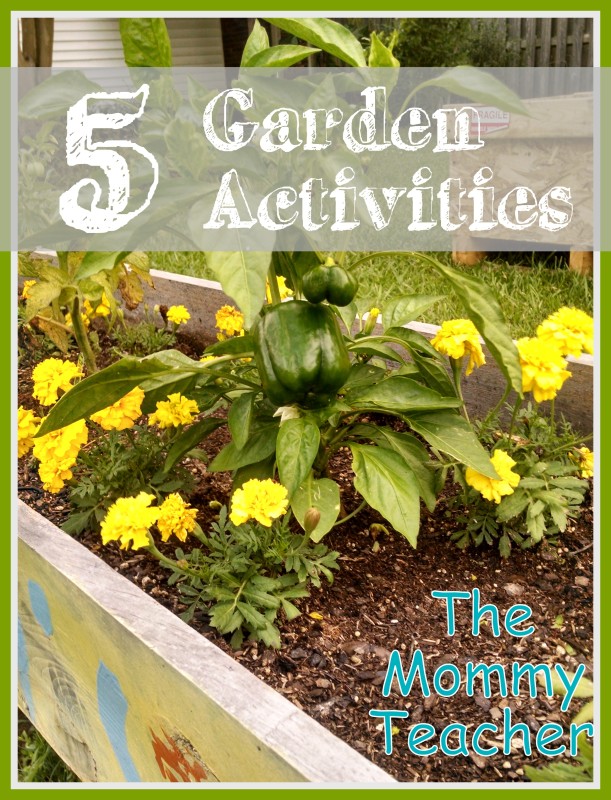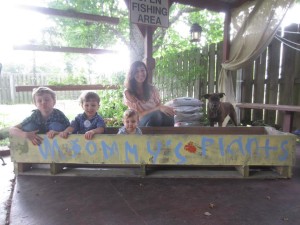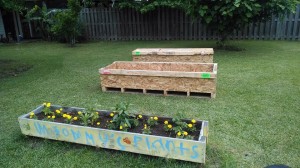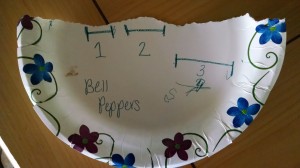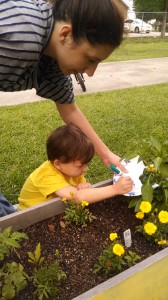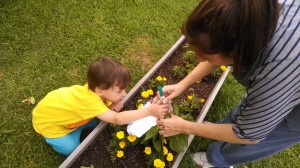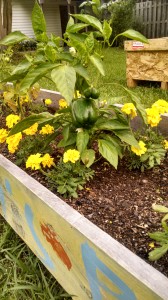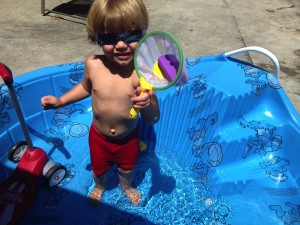Are there any parents out there lost in summer?
Some days I’m lost in the best ways….playing and swimming the day away with my three kids.
Other days, I’m lost in an August daydream when I will have even a few hours to run errands alone.
Even though I might get a little antsy some days for a little reprieve, I really admire (and am inspired by) moms who have not allowed their work load or daily tasks to drown out what really matters as a parent… making time for family.
So, it’s not very often that you get to spotlight a mom who has accomplished so many life goals as an athlete and entrepreneur (read bio at the end of the post!). AND she also shares tips for moms like me, with young kids, to make time as a family (perfect timing in light of summer and the World Cup!).
U.S. soccer legend Kristine Lilly, a two-time Olympic gold medalist and Play Ambassador for Let’s Play, an initiative led by Dr Pepper Snapple Group to get kids and families active nationwide, shares tips below on how she transforms the soccer drills she learned on the field into fun games that keep her kids active all summer long.
1. Dribble Relay
o Set up some small orange cones or plastic cups in a zig-zag pattern.
o Divide your family into two equal groups and give one person from each team a soccer ball. Have the team members stand on opposite ends of the yard.
o To begin, the team member with the soccer ball has to dribble around each cone to the other side, tag their teammate and pass them the ball.
o Then, the teammate has to dribble the ball back through the cones and race to the other end of the field. The team to complete the obstacle course first, wins!
2. Kick-out Keep-away
o Great for a large group of kids, give all players a soccer ball (or any type of ball they can kick around) except for the person who is “it.”
o Set up four cones or plastic cups on each corner of your “field,” and when the game begins, all players dribble their ball while the person who is “it” tries to kick each ball out of bounds.
o When a player’s ball is kicked out of bounds, he/she is eliminated. The last player with a ball wins!
3. High-Five Goals
o Set up a couple of markers to signify a “goal.”
o Pass the soccer ball to your child, and have them kick it back to you.
o After three kicks back and forth, tell them to run over to you and give you a high-five, and then kick the ball into the goal. This is a great game for little ones!
4. Sideline Sprints
o Put a mark on the lawn or driveway about 15 yards away, or whatever distance works best for your space.
o Run to the line and back five times.
o Next, do five jumping jacks and count them off together out loud.
o Continue the sequence, but this time, run to the line and back four times, and work your way down to one time. It is a great workout game for parents AND kids, and helps little ones learn how to count.
5. Hydration Station
o It’s so important to stay hydrated when you’re playing outside in the heat. I like to keep a small cooler filled with cold water or juice in the fridge so I can easily grab it and during outdoor play in the summer.
o Just make sure your kids don’t drench the “coach” after they score a goal!
 Kristine Lilly is a mom and an American soccer player who last played professionally for the Boston Breakers women’s professional soccer team. She was a member of the United States women’s national soccer team for 24 years and has appeared in more international matches than any other player in the sport, appearing in her 352nd and final match against Mexico in a World Cup qualifier in November 2010. She is the founder of the Kristine Lilly Soccer Academy and author of an e-book, Girls Soccer: My Story. Lilly lives with her husband and their two daughters outside of Boston, Massachusetts.
Kristine Lilly is a mom and an American soccer player who last played professionally for the Boston Breakers women’s professional soccer team. She was a member of the United States women’s national soccer team for 24 years and has appeared in more international matches than any other player in the sport, appearing in her 352nd and final match against Mexico in a World Cup qualifier in November 2010. She is the founder of the Kristine Lilly Soccer Academy and author of an e-book, Girls Soccer: My Story. Lilly lives with her husband and their two daughters outside of Boston, Massachusetts.

